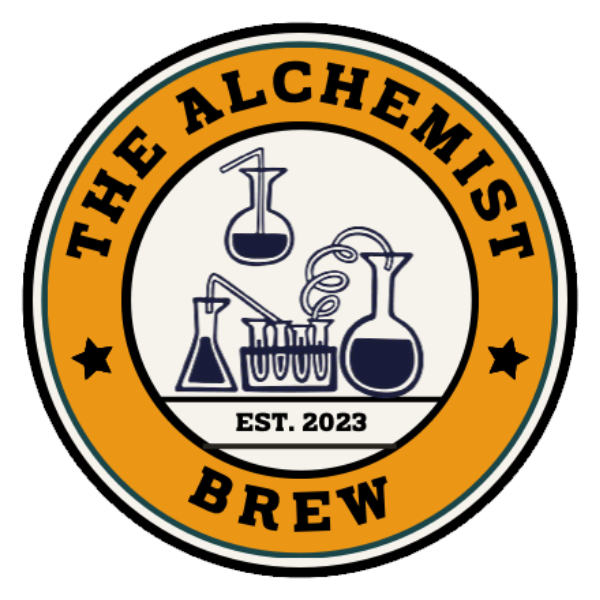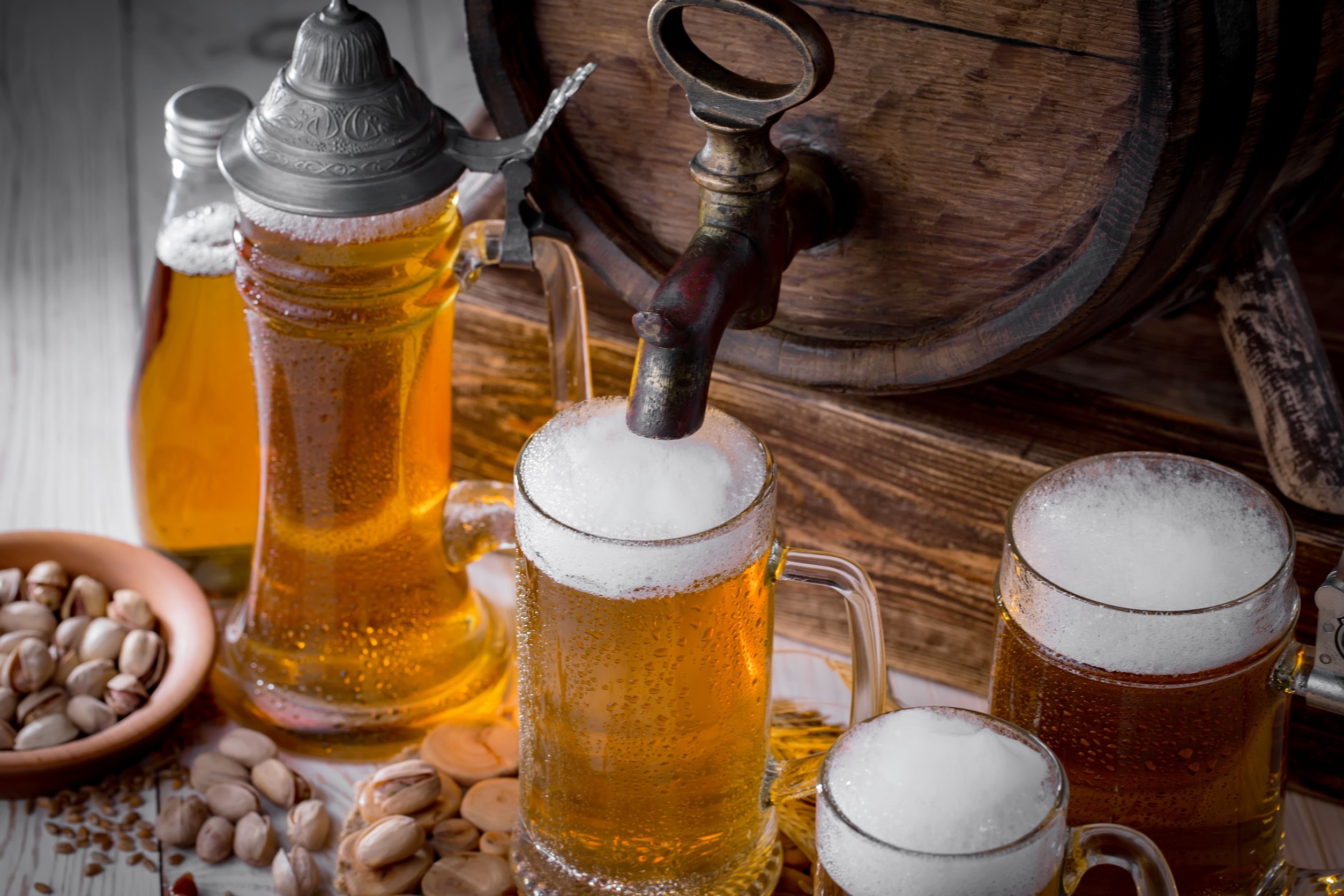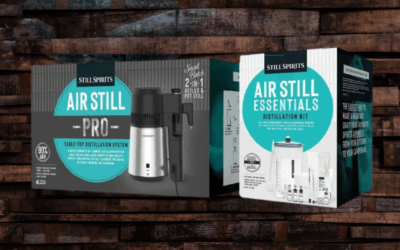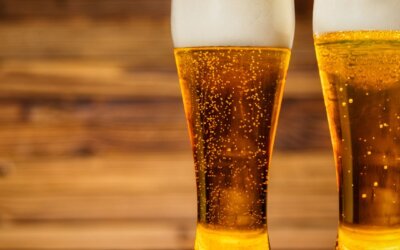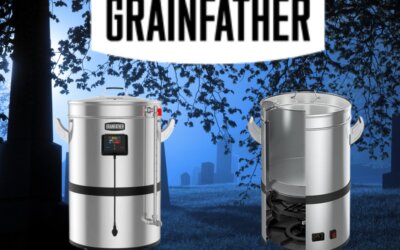Brewing beer at home and kegging can be a rewarding and fun hobby. To successfully keg beer, you’ll need several pieces of equipment, including a keg, CO2 tank, regulator, hoses, and a kegging system.
The keg should be cleaned and sanitized before use, and the beer should be cooled to the appropriate temperature. The CO2 tank should be filled and attached to the regulator, which allows you to control the amount of CO2 that is released into the keg.
It’s important to note that different beer styles may require different levels of carbonation, and thus, different CO2 ranges. Generally, most beers are carbonated between 2.2 to 2.5 volumes of CO2, but this can vary depending on the style.
Regarding temperature, the ideal temperature for storing beer is between 2 to 7°C, with most beers being stored at around 3°C. However, this can also vary depending on the beer style, and some beers may require different storage temperatures.
It’s essential to keep the beer at a consistent temperature and pressure to maintain its flavour and carbonation level. With proper equipment and care, you can successfully keg and store your homebrewed beer to enjoy at your leisure.
The carbonation level of beer can vary depending on the style and the individual brewer’s preference. Here are some typical carbonation levels for various beer styles:
German Pilsner – 2.5-2.7 volumes of CO2
Belgian Witbier – 2.2-2.8 volumes of CO2
American IPA – 2.2-2.7 volumes of CO2
English Brown Ale – 1.5-2.0 volumes of CO2
Irish Stout – 1.5-2.0 volumes of CO2
Belgian Saison – 3.0-3.5 volumes of CO2
Czech Pilsner – 2.4-2.6 volumes of CO2
German Hefeweizen – 3.0-4.0 volumes of CO2
American Porter – 1.8-2.5 volumes of CO2
Belgian Dubbel – 2.2-2.8 volumes of CO2
It’s worth noting that these are just general guidelines, and carbonation levels can vary depending on the brewer’s preference and the individual beer’s characteristics. Carbonation can also change over time due to factors such as temperature, aging, and carbon dioxide loss through the packaging.
Follow this link for more: https://www.brewingcalculators.com/forced-carbonation-charts/
